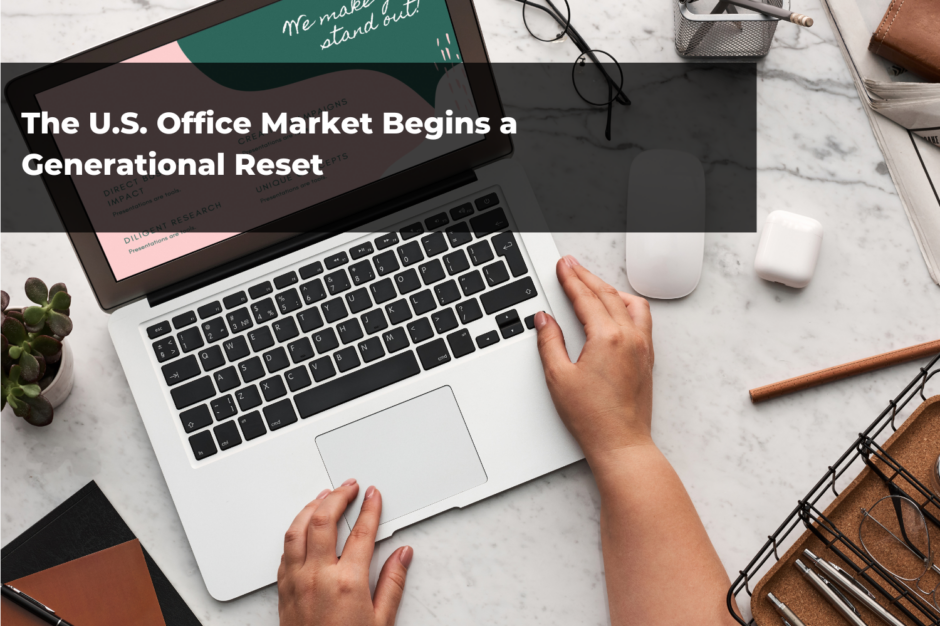The U.S. Office Market Begins a Generational Reset
CREtech

Thanks for keeping up with the CREtech Community in the News! For more news about members of the CREtech Community, follow us on Linkedin.
For the first time in over 25 years, the U.S. office market is on track to shrink. After years of overbuilding and underutilization, developers are finally confronting the sector’s oversupply head-on through a combination of demolitions, adaptive reuse, and a dramatic pullback in new construction. Aging, underperforming office towers are increasingly being targeted for transformation into residential, mixed-use, or hospitality properties. High-profile examples, such as the conversion of Manhattan’s 5 Times Square into over 1,200 apartments, showcase a growing trend powered by zoning reforms, tax incentives, and significant declines in office valuations.
New office development, meanwhile, has virtually ground to a halt. Just 12.7 million square feet are expected to be delivered in 2025—a mere fraction of the pre-pandemic pipeline—highlighting a cautious investment climate as lenders and developers wait for market clarity. At the same time, early signs of recovery are beginning to emerge. Leasing activity is picking up in select cities, and approximately 40% of tenants actively in the market are looking to expand rather than contract their footprints. Institutional players like Blackstone are also reentering the market, betting on high-quality buildings with stable demand and minimal future competition due to the construction freeze.
This shift signals more than a cyclical downturn—it marks a structural rebalancing. As outdated stock is removed or repurposed, and with fewer new projects in the pipeline, the fundamentals of the office sector are beginning to stabilize. Urban revitalization is accelerating as residential conversions breathe new life into downtowns, while Class A buildings increasingly outshine their older, less efficient counterparts. Although the oversupply problem won’t be solved overnight, the combination of supply contraction, renewed leasing activity, and investor re-engagement suggests that the office market may finally be charting a sustainable course forward.

